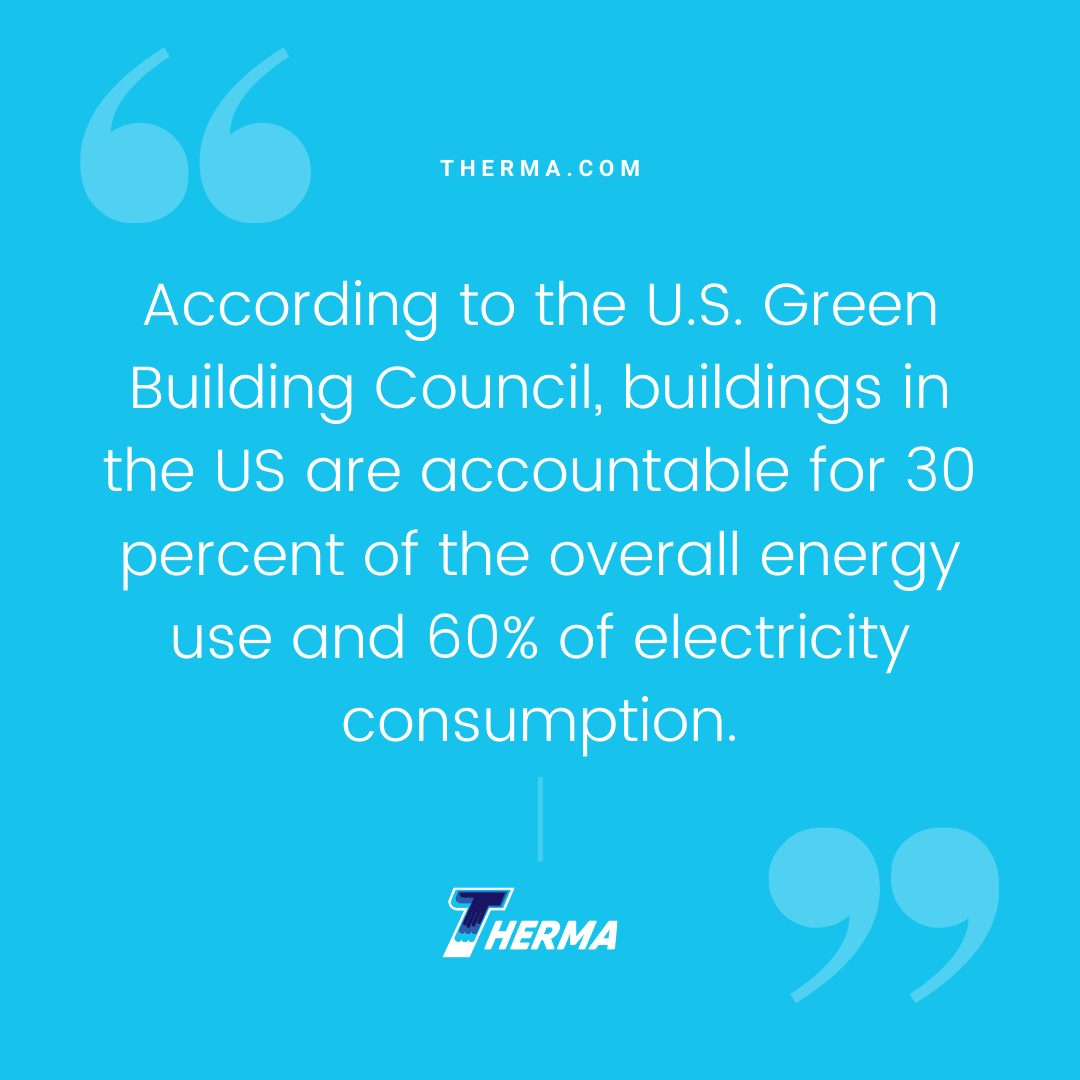by Nikki Fotheringham
Sustainable schools significantly reduce their running costs, create a healthier environment which results in happier, more productive students, reduce their impact on the environment and show a commitment to sustainability that will encourage greater enrollment numbers. When making your school more sustainable, follow the 5 R rule: Reduce, Refuse, Reuse, Repurpose and Recycle.
1. Reduce
Reduce Energy Consumption
According to the U.S. Green Building Council, buildings in the US are accountable for 30 percent of the overall energy use and 60% of electricity consumption. Energy consumption is the biggest expense for schools and colleges across the country.
One of the most effective ways to reduce your campus’ reliance on fossil fuels is to install a renewable energy supply like solar panels or wind turbines. This will not mean that your school is off-grid, but that you are able to produce some or all of the energy your school needs while using the grid for any shortfalls. These systems come at a high cost, but have an excellent return on investment.
The USDA estimates that retrofitting the windows on the average home can save homeowners $126-$465 a year as conditioned air is more effectively kept inside. Just imagine how much you could save if every window in the school was replaced with more energy-efficient models.

A recent study found that classrooms that were lit with natural light had the following effects: “Daylighting has been associated with higher productivity, lower absenteeism, fewer errors or defects in products, positive attitudes, reduced fatigue, and reduced eye strain.”
Your building envelope consists of the floor, walls and roof of your campus buildings. Heating and cooling buildings utilizes an enormous amount of energy. According to the US Energy Information Administration, “The commercial sector, which includes commercial and institutional buildings, used about 155 billion kWh for cooling in 2020, which was equal to about 12% of total commercial sector electricity consumption and 4% of total U.S. electricity consumption.”
You can improve your building envelope by installing more insulation in walls and roofs and walls, and by caulking gaps or openings like those used for plumbing and electrical fixtures. You can retrofit energy-saving windows and check weatherstripping around windows and doors. Plug chimneys and check HVAC ducting for leaks.
If renewable energy sources are beyond your budget, there are other ways in which you can tackle your energy consumption:
- Install smart thermostats that reduce the heating and cooling of buildings after-hours or during holidays.
- Switch to LED lights.
- Replace your appliances with ENERGY STAR options, which are more efficient with both energy and water.
- Install motion-detected lighting that turns off when rooms are empty.
- Regularly check weatherstripping on doors and caulk all gaps and openings to prevent the loss of conditioned indoor air.
Reduce Water Consumption
Install low-flow plumbing features and aerators on taps which reduce water consumption. Install rainwater collection barrels which can be used to water gardens and for flushing toilets. Regularly check for leaks and make sure they are repaired quickly to avoid water loss. Create educational programs which encourage students and staff to reduce their water consumption.
2. Refuse
Banning single use plastics from school takes some getting used to, but encouraging parents to send lunches and snacks in reusable containers, refusing plastic straws and saying no to condiment packets makes a huge difference.
3. Reuse
Use compostable napkins and reusable trays, cutlery and crockery for more sustainable schools. Also use biodegradable cleaning products that improve indoor air quality and reduce your impact on the environment. Wherever possible, use green, compostable and biodegradable products within your school system.
4. Repurpose
Try to keep as much as you can out of the landfill. Repurpose cafeteria scraps to create compost that can be utilized on the school grounds. Repurpose yogurt containers to create small planters for classrooms. Repurpose cereal and food boxes for craft project cardboard.
5. Recycle
Sustainable schools work to reduce their waste. Institute recycling programs to divert waste from landfills. Some recycling programs, like can-collection drives, can actually make money for the school. Find ways to reduce the waste in the cafeteria by recycling or composting, by serving smaller portions and by giving students enough time to eat.
Creating Sustainable Schools
By implementing the 5 R Rule in your school, you not only save money, but you also reduce your impact on the planet. Creating a healthier environment helps kids to thrive and instills the sustainability lessons that help them to be more environmentally responsible adults in the future.
Therma has worked with many schools, including the Stanford Graduate School, to design sustainable education facilities that are LEED Certified. See how we can help your school be more sustainable.
Nikki Fotheringham is an environmental journalist and cookbook author. She is the editor of Greenmoxie.com where she shares green-living tips and helps people to live a more sustainable life.








